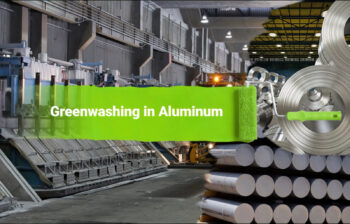
Each year, Light Metal Age (LMA) enjoys looking back at the top ten most viewed news stories that we published on our website, highlighting the trends that have affected the aluminum sector over the previous year. In 2023, these top articles and news stories reveal recent trends and developments, including an interest in advanced technologies for […]





